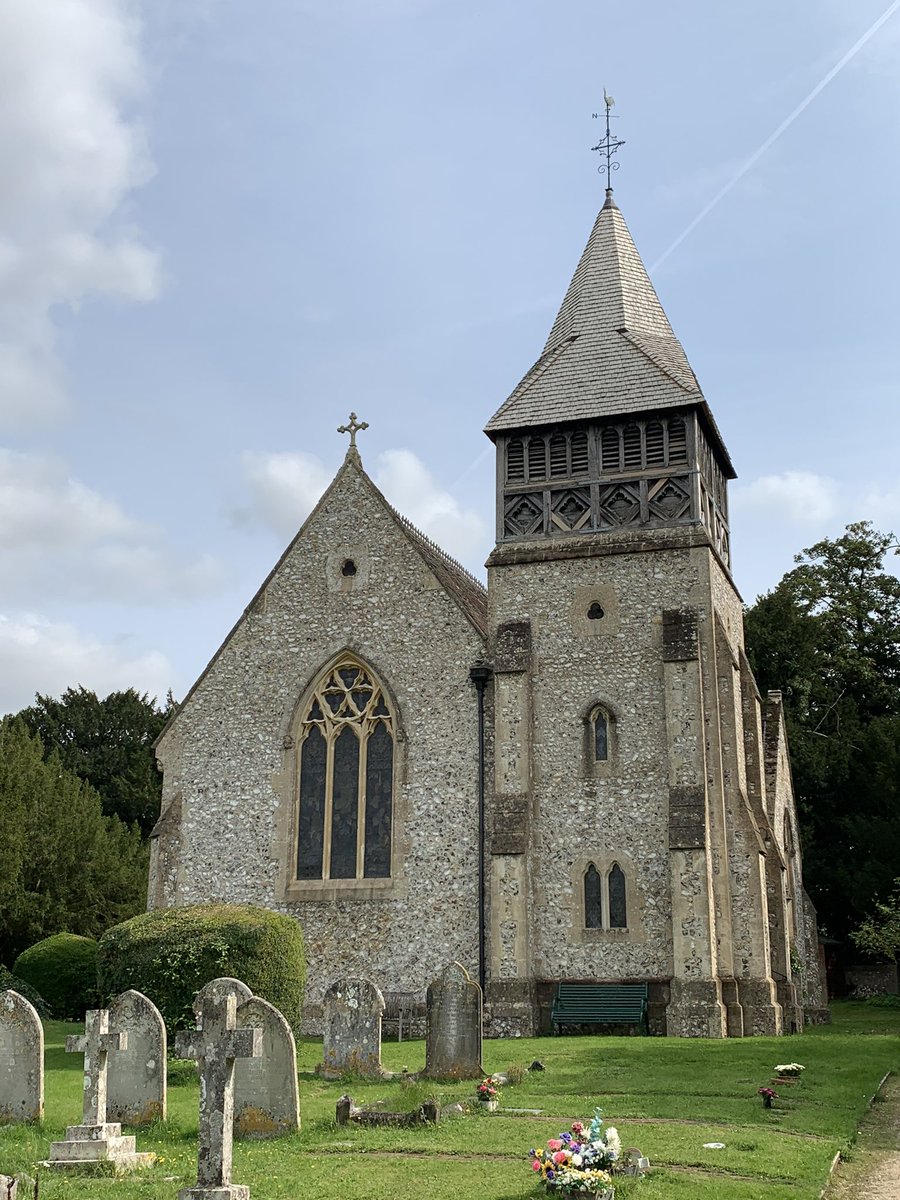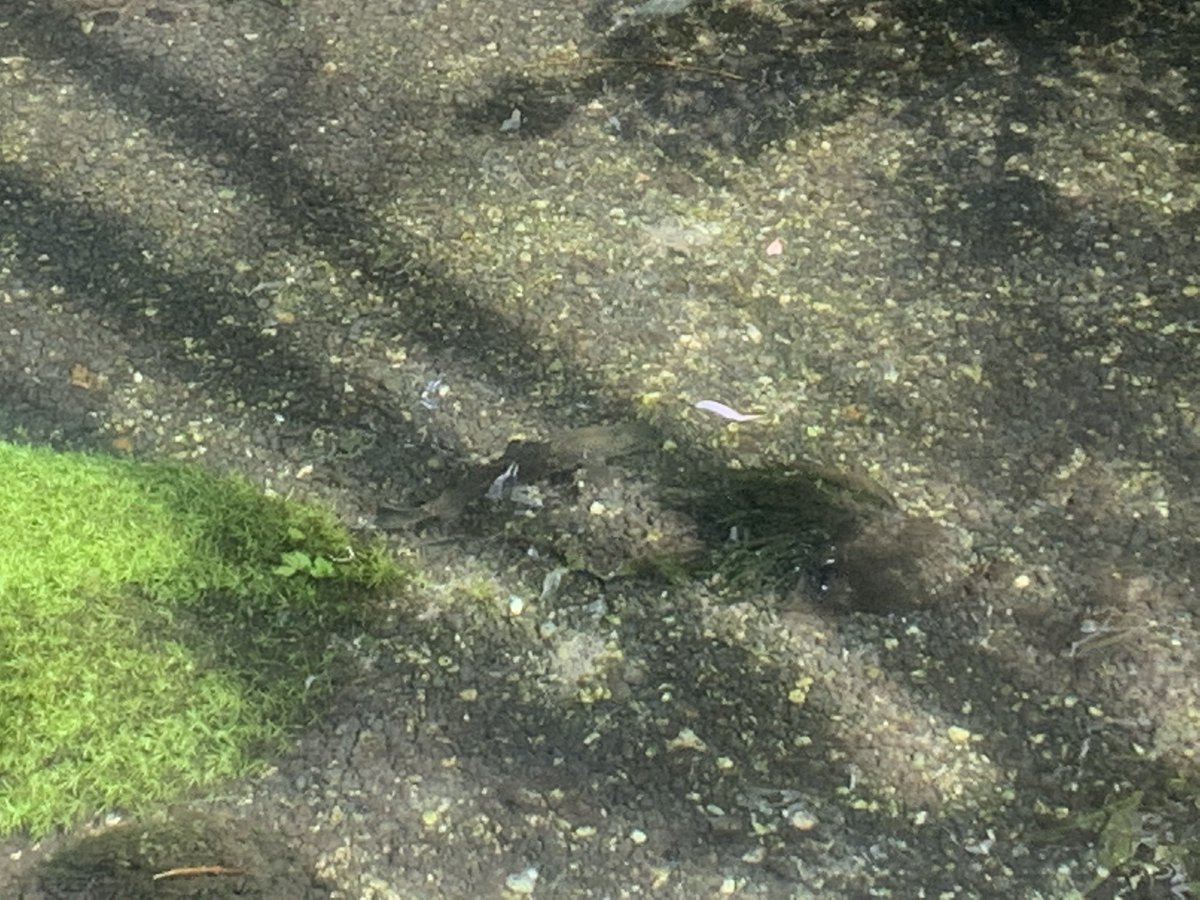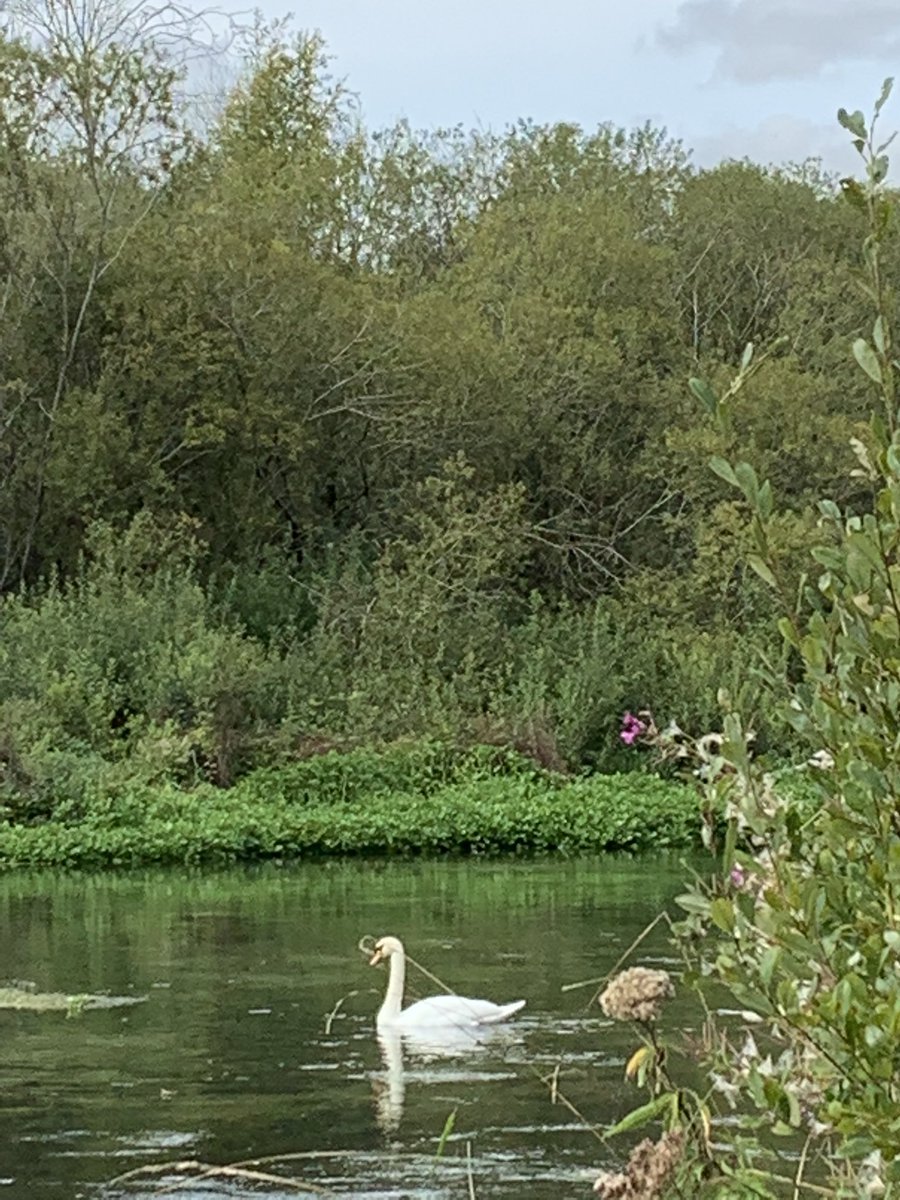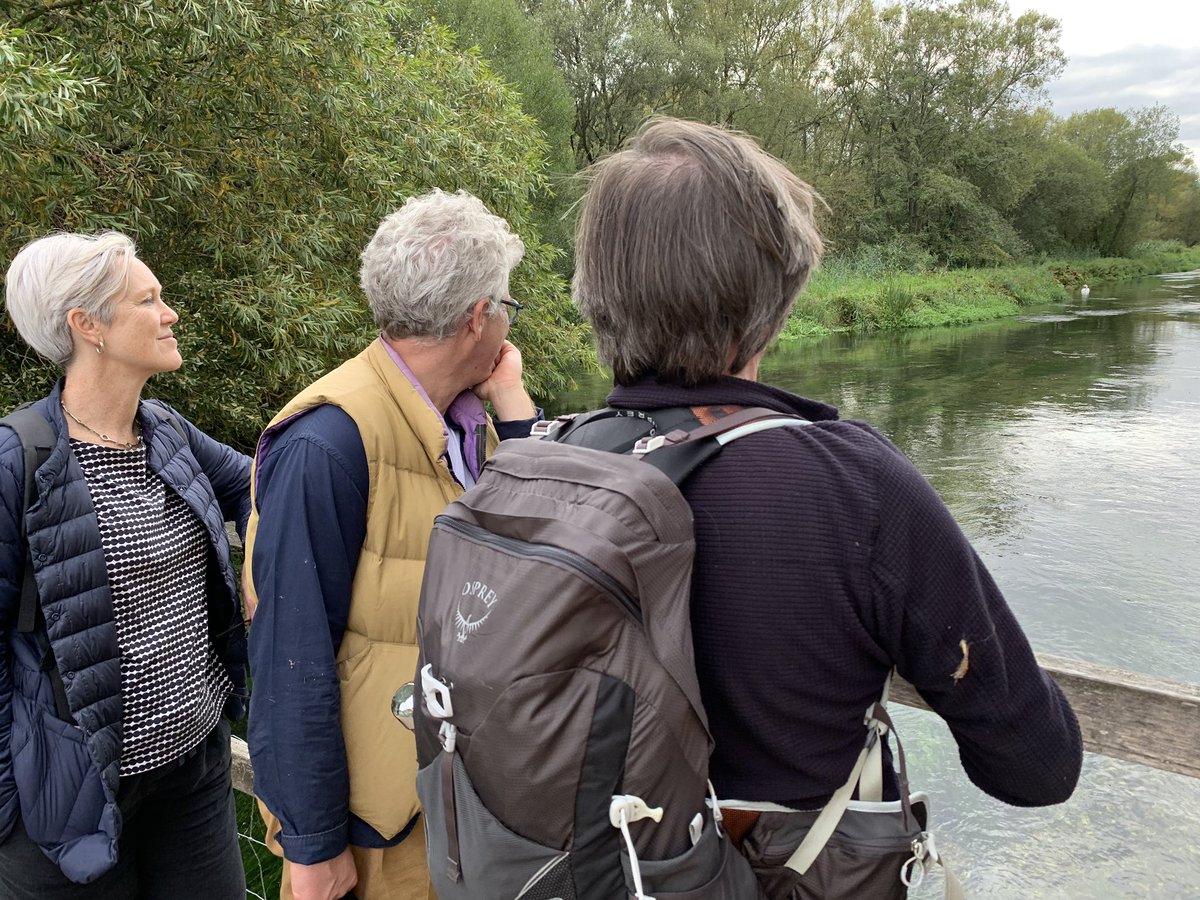To Hampshire, there to walk the line of the #Itchen from its source to Winchester, ancient seat of the West Saxon kings. The river threads through a landscape reach in history & legend: the scene of poltergeists, Civil War battles, ancestral curses & 18th century cricket teams.
The etymology of the #Itchen is uncertain, but may derive from the ancient name for the New Forest, Ytene. The river has witnessed repeated attempts to make it more navigable. The 1st took place in the 12th C, when the Bishop of Winchester built England's 1st canal reservoir.
The #Itchen is also, of course, one of England's - and therefore the world's - most celebrated rivers for fly-fishing, & we shall be finishing today's walk at the grave of Izaak Walton in Winchester Cathedral. 

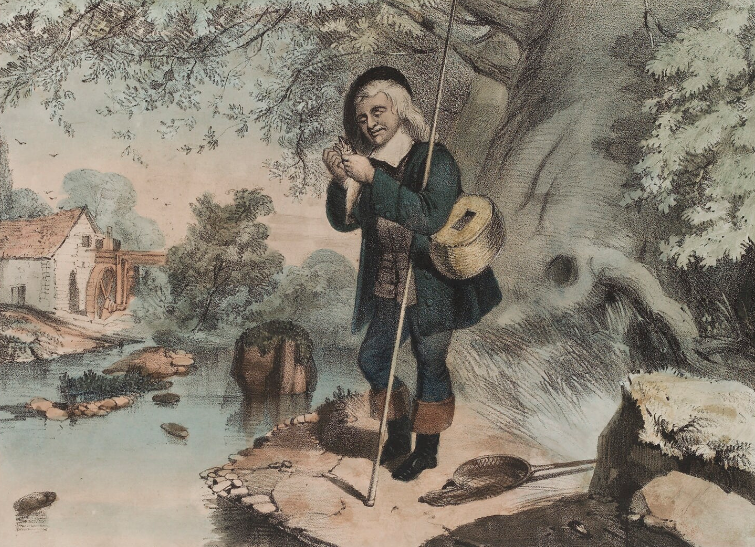
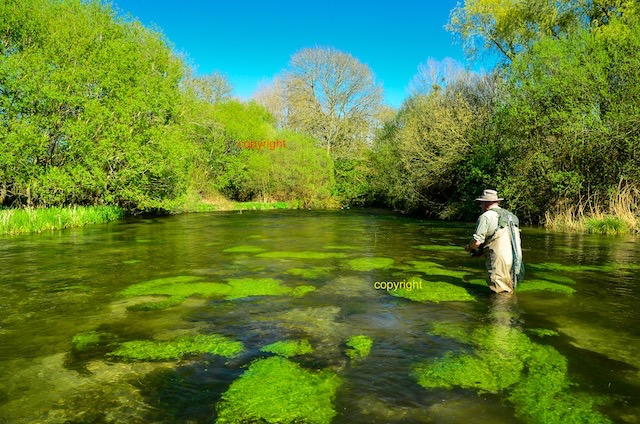
HOWEVER - since I am doing this walk with @Feargal_Sharkey, the Lorax of the chalk streams, I fear that all may not be as well with the Itchen as one might hope. Anyway, we shall see. Time to head for Waterloo, & the source of the #Itchen...
The #Itchen, @Feargal_Sharkey tells me as we pull into Winchester, offers a glimpse of what chalk rivers like the #Ver SHOULD look like. But even the Itchen is a ghost of its former self.
Its R rate, to coin a phrase, is currently 0.99999...
Its R rate, to coin a phrase, is currently 0.99999...

The source of the #Itchen! 
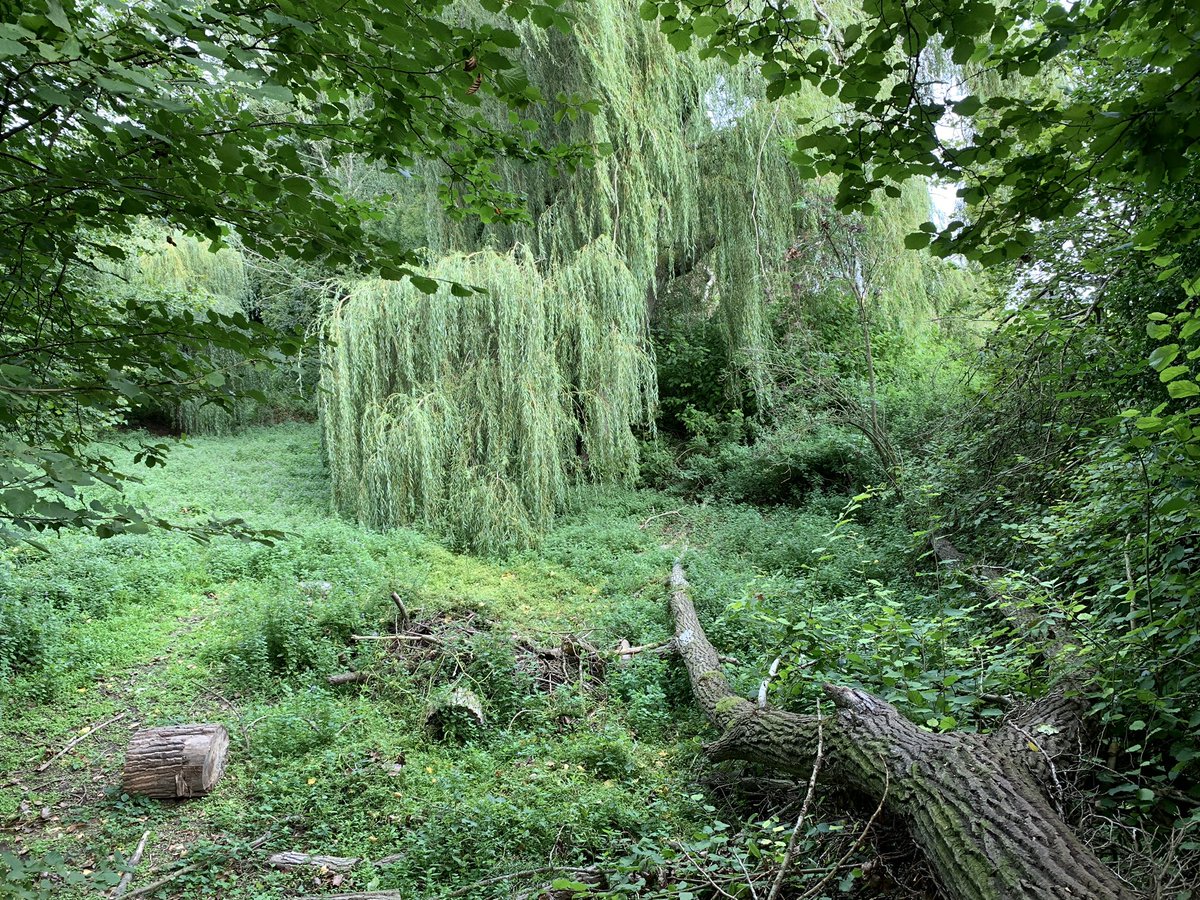
The source of the #Itchen lies in the grounds of Hinton Ampner house, scene of Hampshire’s most notorious poltergeist. The haunting took place in the 1740s, & locals had no hesitation in pinning the blame for it on Lord Stawal, “a notorious evil liver”. 

Lord Stawal had an affair with his sister-in-law, got her pregnant, & then disposed of the baby. Lord & mistress both then promptly died of apoplexy. From that point on, the ghost of Lord Stawal stalked the house, & screams were heard from within the bowels of the house. #Itchen
In 1764, a respectable but foolish couple bought the house. The hauntings got worse & worse. Members of the family would be lifted by invisible forces as they slept, and hurled out of their beds. The family left. The hauntings continued. The price went down & down. #Itchen
Finally in 1797 it was decided to pull the house down. Workmen discovered a box buried under the hall which contained delicate human bones & the skull of a tiny baby. The haunting stopped. The house that stands there now is poltergeist-free. #Itchen 
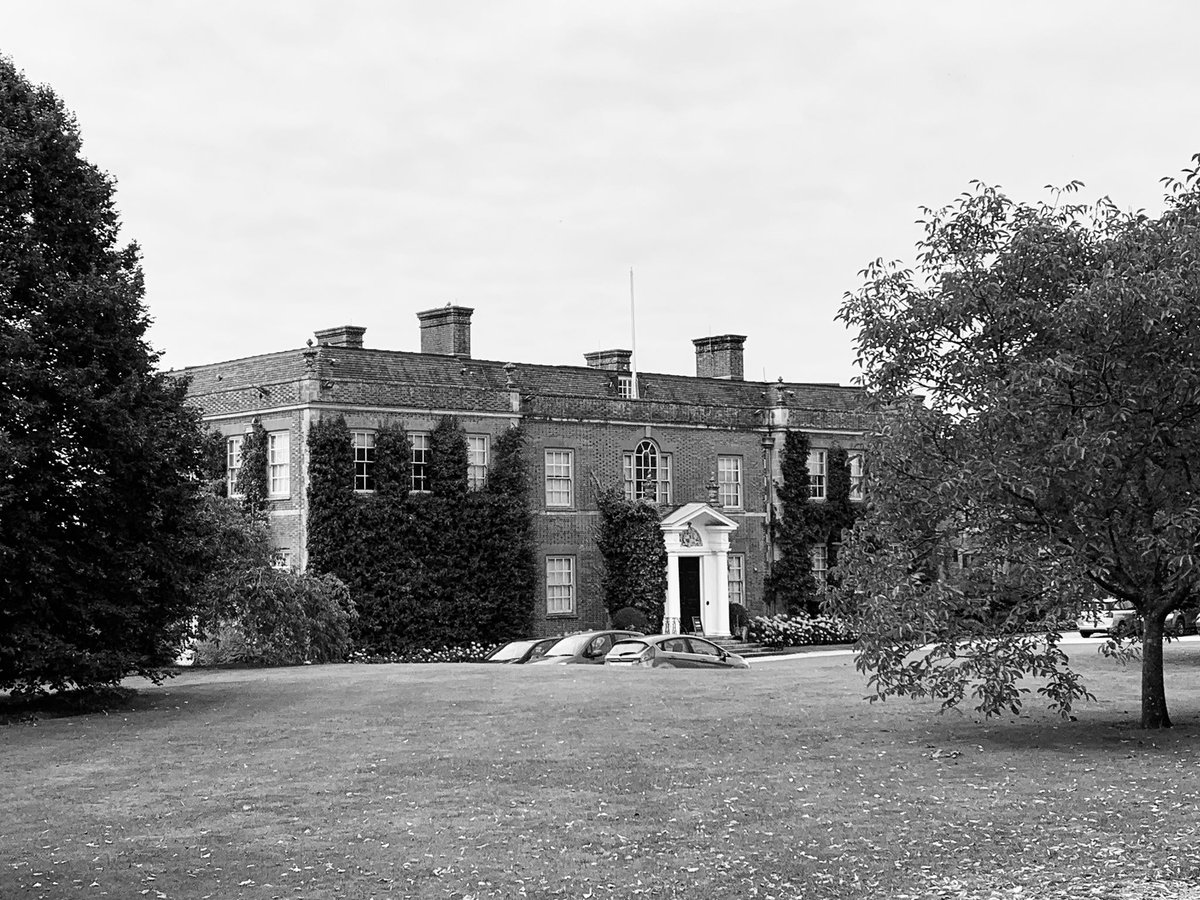
(Predictably, in 1958, a researcher into the Hinton Ampner poltergeist suggested that “underground water was mainly responsible for the noises at Hinton, although the account of some of them is highly suggestive of seismic disturbance.” Spoilsport.) #Itchen
Our first glimpse of the river #Itchen! The waters are clean, fast-flowing & full of ranunculus - an aquatic plant that, in the words of a happy @Feargal_Sharkey, is a five-star hotel for the insects on which the fish feed. This - unlike the #Ver - is a living ecosystem. 

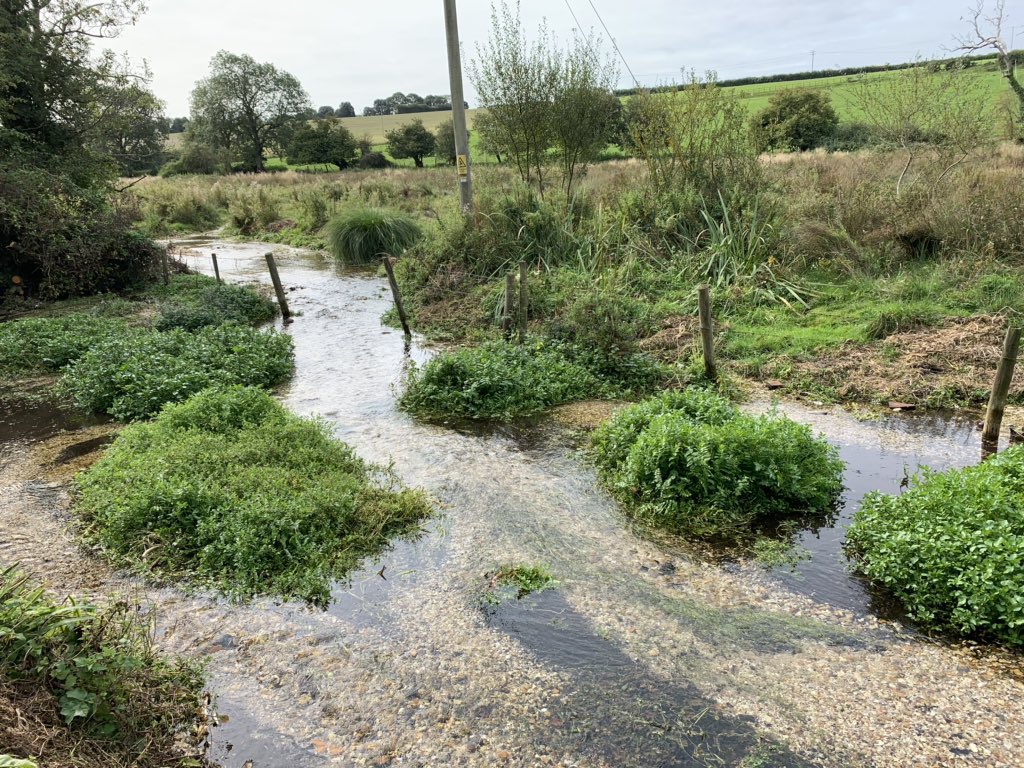
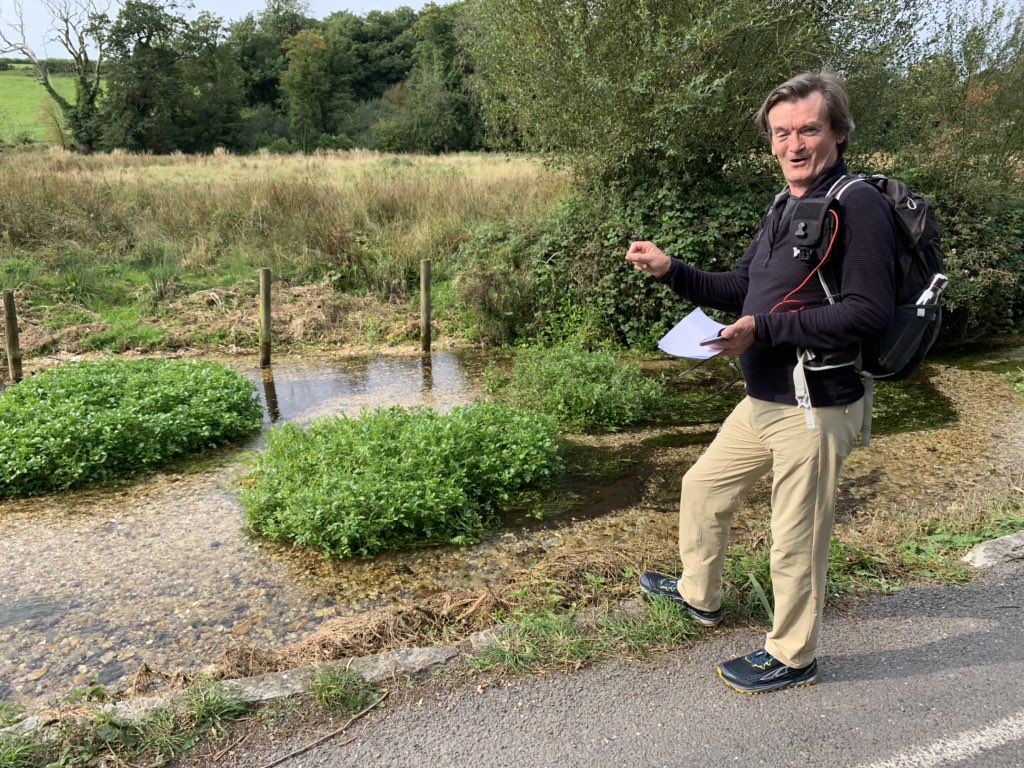
Cheriton - where we get our 1st sight of the #Itchen - was the scene of a significant Parliamentarian victory over the Royalists in March 1644. Sir William Waller’s defeat of Lord Hopton brought to an end Charles I’s hopes of launching an offensive into south-eastern England. 
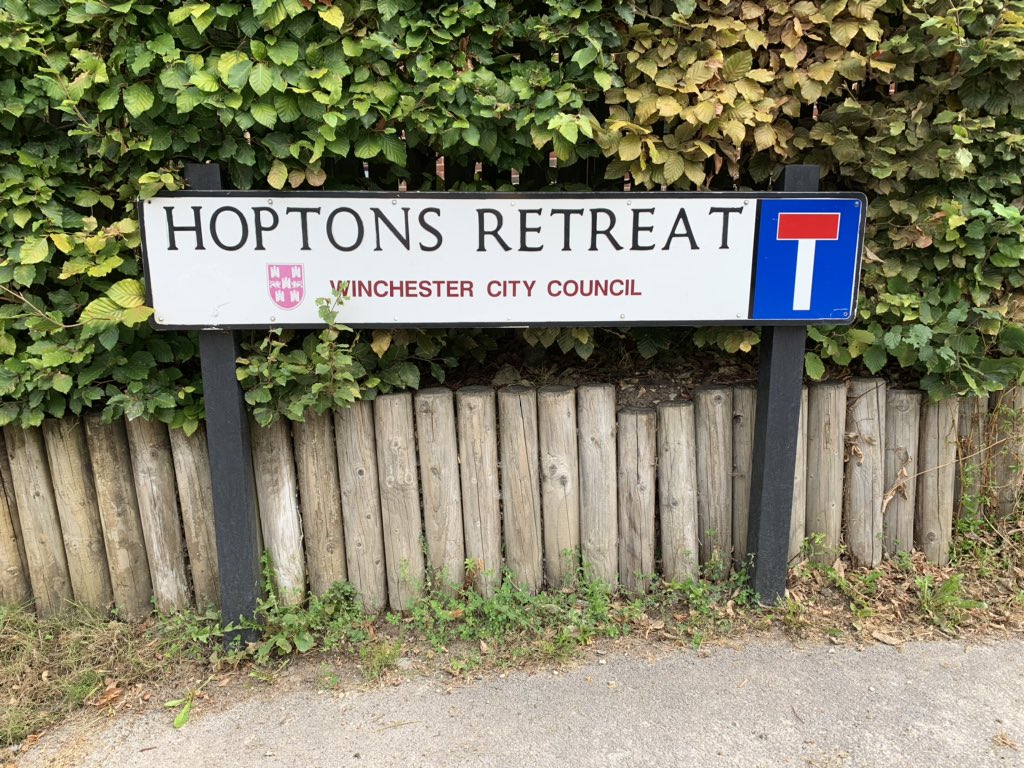
The sweet sound of a clear & fast-flowing chalk stream... #Itchen
We pass Alresford, which in the final decades of the 18th century boasted one of the strongest cricket teams in England. "It stood higher in cricket,” wrote that son of Hampshire John Arlott, “than any town its size has done in the history of the game". #Itchen @theoldbatsman
We are now crossing the fields outside Tichborne, which boast a famous & venerable story, dating back - supposedly - to the time of Henry I.
Read on for the tale of the... TICHBORNE CURSE!!!! #Itchen
Read on for the tale of the... TICHBORNE CURSE!!!! #Itchen
The wife of Sir Roger de Ticheburne, Lady Isabella, was dying & begged him to care for the poor of the village. Sir Roger pulled a burning brand from the fireplace, & promised his wife he would grant the poor the revenue of as much land as she could go round before it burnt out.
The dying woman got her servants to carry her outside; then, crawling on her hands & knees, she managed to encircle 23 acres before the brand went out. She then laid a curse, saying the Ticheburnes would only prosper if the dole was properly paid.
If anyone failed to pay the Tichborne Dole, there would be 7 sons in one generation, 7 daughters in the next, & then the name of Tichborne would die out. The dole was distributed until 1796 - whereupon the curse kicked in. Lady Isabella’s warning was fulfilled! #Itchen
This then laid the scene for the notorious case of the Tichborne Claimant: a man who insisted he was the ship-wrecked heir of the Tichebornes, but was in fact an enormously fat butcher from Wagga Wagga in Australia...
en.wikipedia.org/wiki/Tichborne… #Itchen
en.wikipedia.org/wiki/Tichborne… #Itchen
The water mill - as was - at #Itchen Abbas. A chalk stream with sufficient water still that you can actually imagine the currents turning a wheel... 
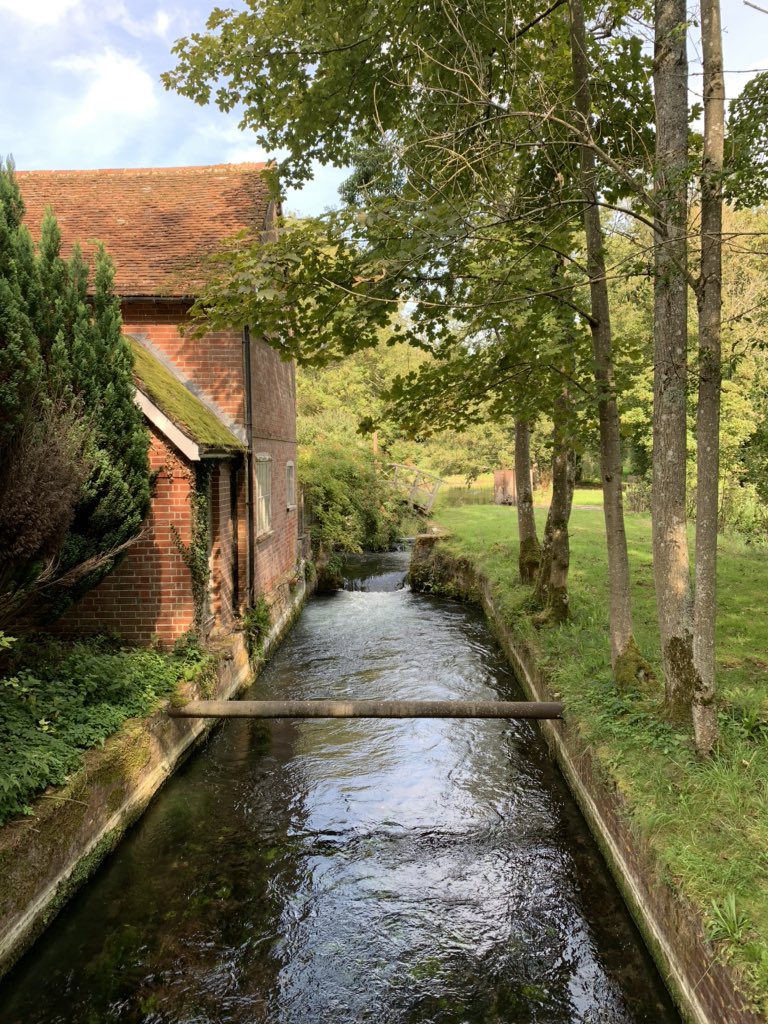
The foundations of Sir Edward Grey's fishing hut, where he spent the night of 3 August 1914 before travelling to London for the declaration of Britain’s entry into the 1st World War.* It burnt down into 1922. #Itchen
* This is, I’m reliably informed, contested
* This is, I’m reliably informed, contested
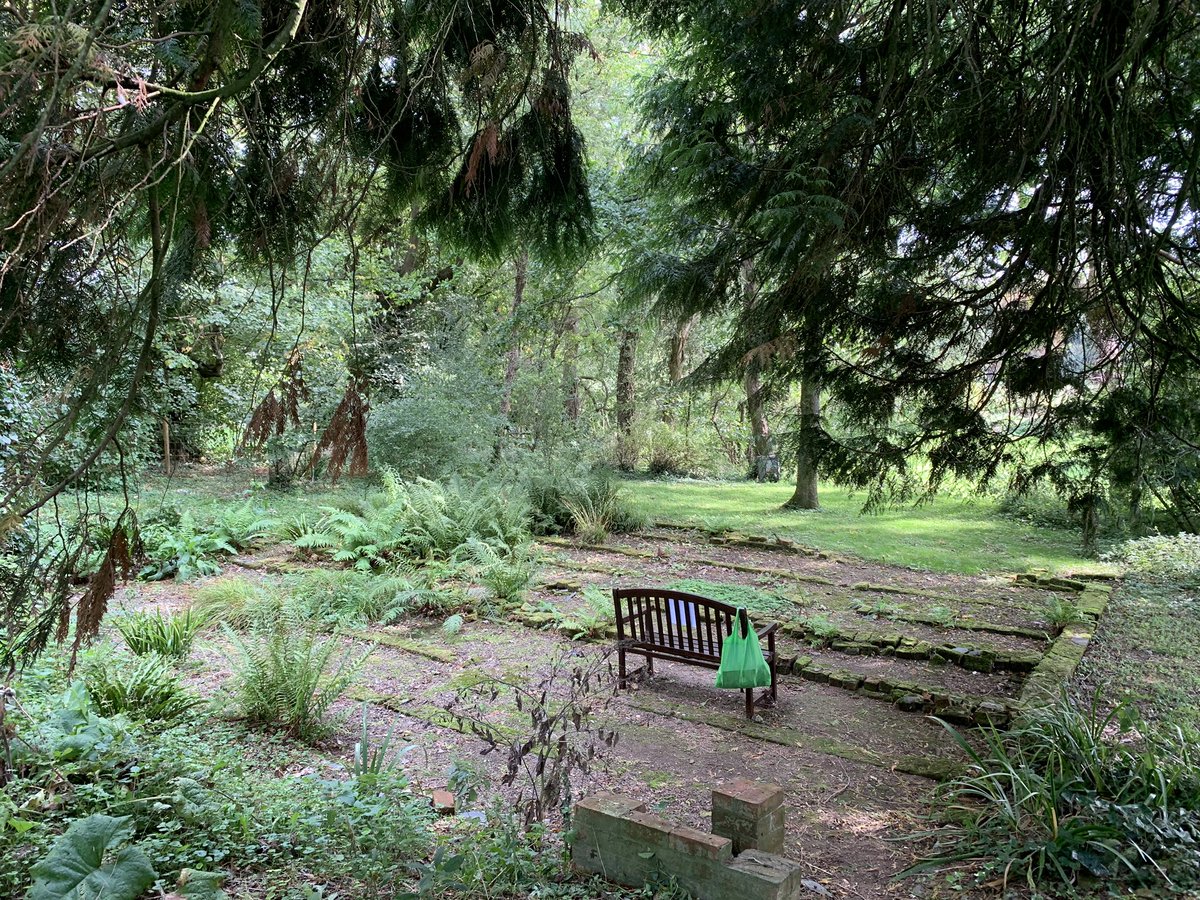
This really should be a peace garden. I haven’t been to a spot where the tension between the world before the Great War & everything that followed the lights going off over Europe feels more eerie. A truly haunting spot... #Itchen
The view Sir Edward Grey would have had of the #Itchen on 3rd August 1914, while contemplating the carnage & horror that he dreaded was to come... 
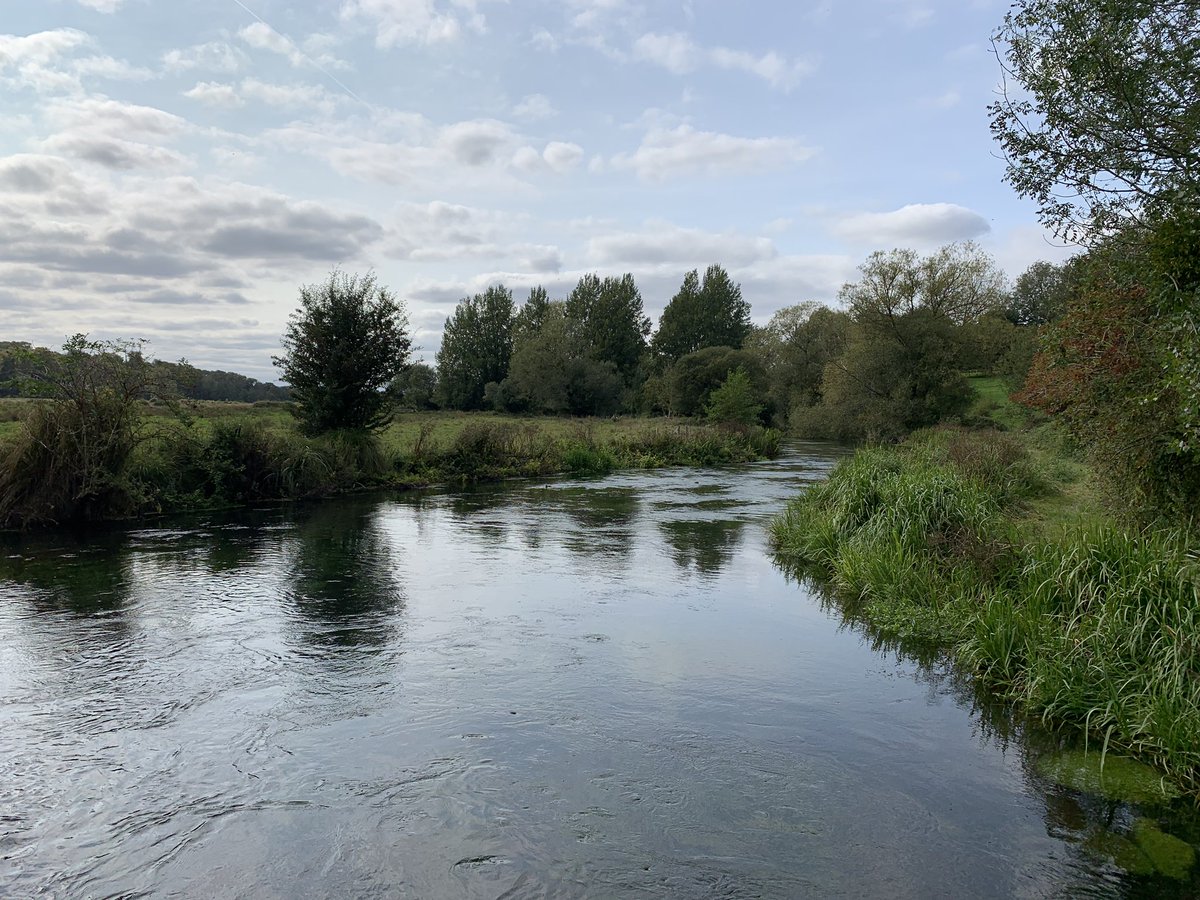
Wonderful photo of Sir Edward Grey surrounded by his beloved birds, in an idyllic fishing hut down by the stretch of the #Itchen that Grey used to fish... 

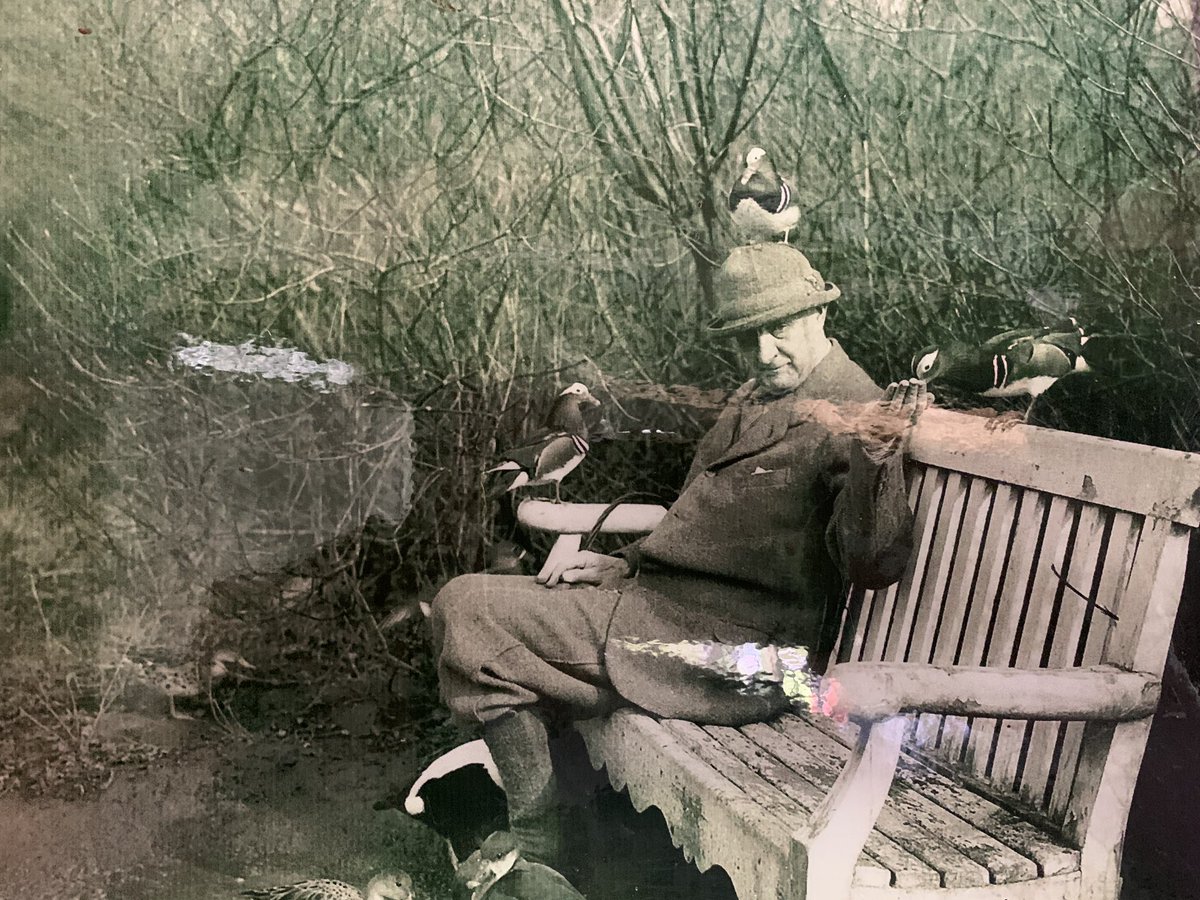
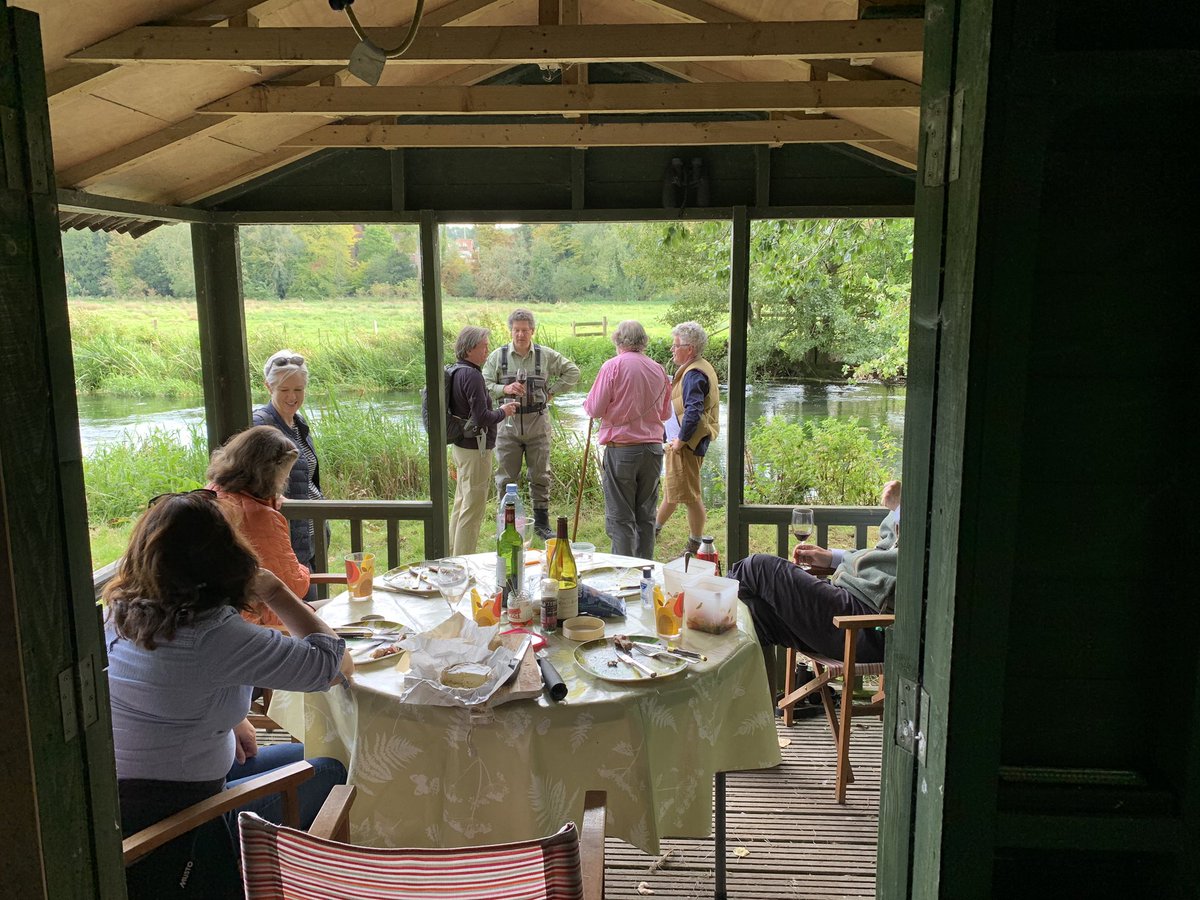
The 12th century church in the splendidly named village of Martyr Worthy, dedicated to local boy St Swithun. #Itchin 
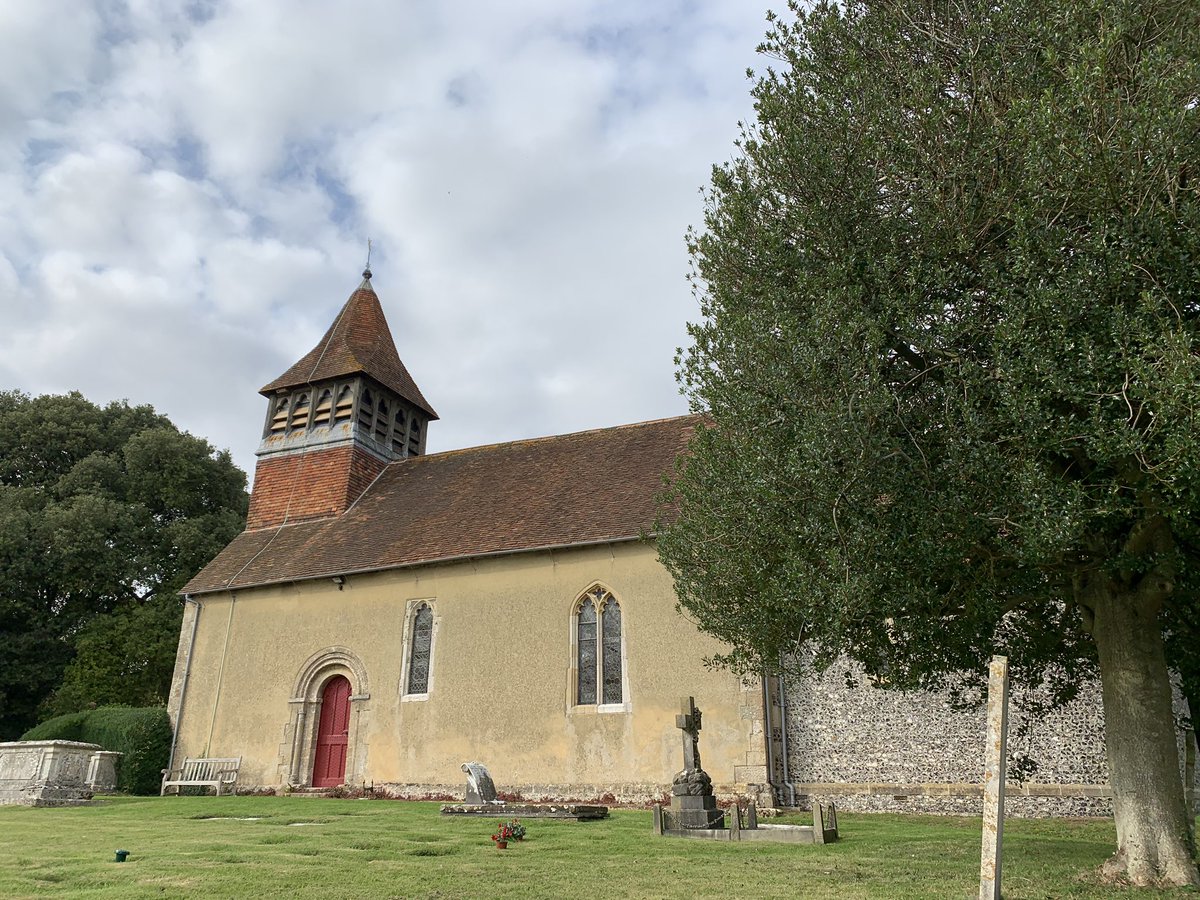
Abbotts Barton, where the #Itchen flows towards Winchester. This is, I learn, a sacred spot for all fly fishermen: the stretch of river where G. E. M. Skues invented “fly-fishing with the nymph.” (Not entirely sure what this means, but kudos to Skues!) 


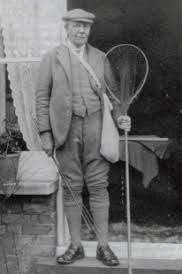
The room just opposite Winchester railway station where Skues would stay every weekend to go fishing, after taking the train down from London where he worked as a solicitor. (There was no Mrs Skues...) #Itchen 
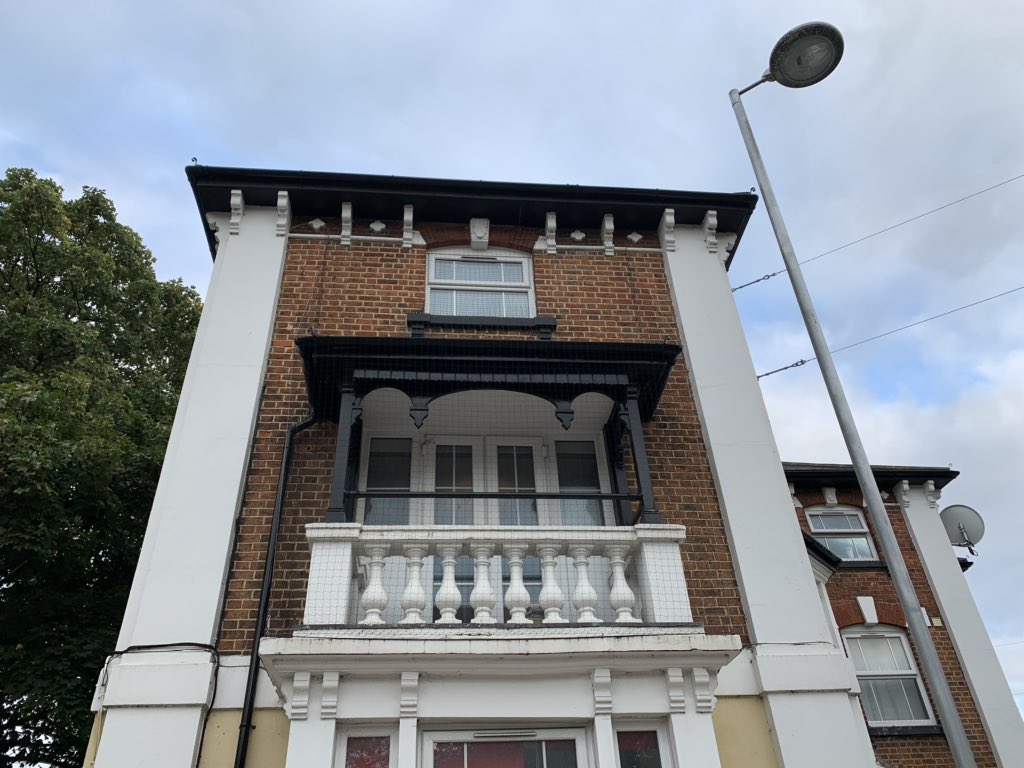
And so - having arrived in Winchester too late to pay our respects to Izaak Walton at his tomb in the cathedral - we return to London.
TO BE CONTINUED #Itchen
TO BE CONTINUED #Itchen
• • •
Missing some Tweet in this thread? You can try to
force a refresh

